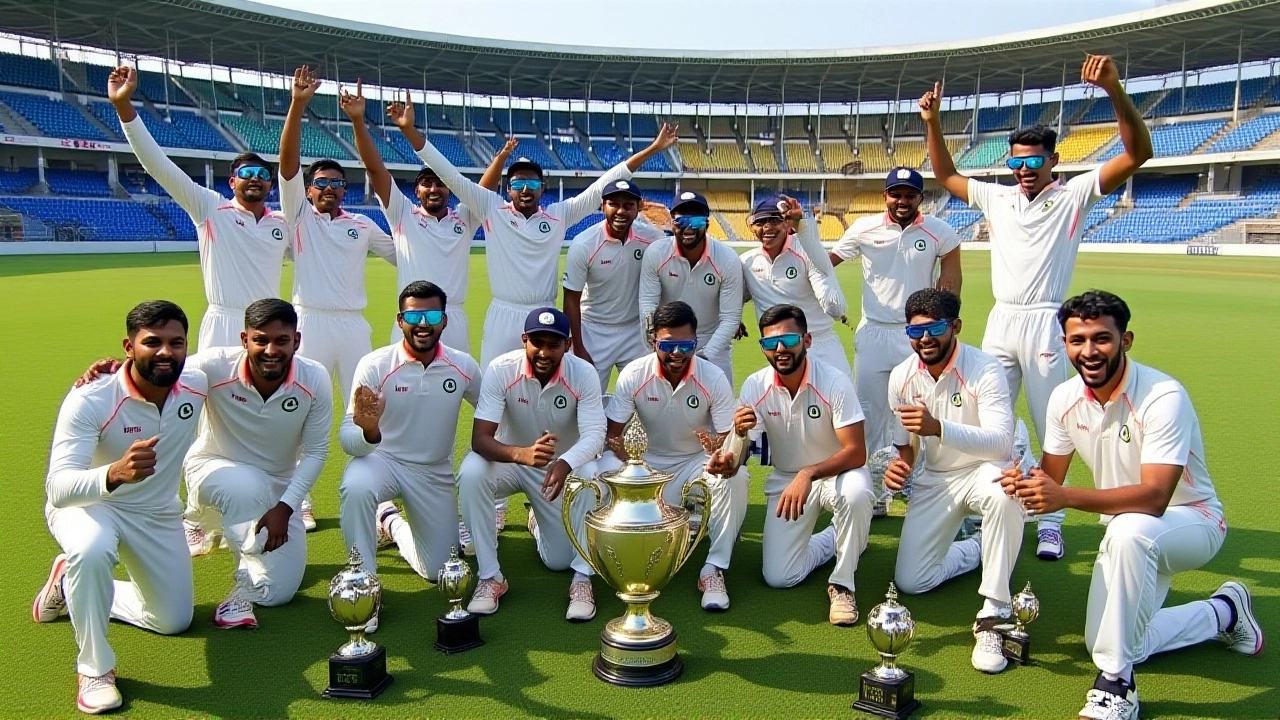Nagpur – Central India's Vibrant Hub
When talking about Nagpur, the third‑largest city in Maharashtra, famed for its orange orchards and strategic location, you’re actually looking at a key gateway to Central India, a region that blends tribal heritage, heavy industry and fast‑growing services. Also known as the "Orange City", it serves as the commercial and educational heart of the Vidarbha region, home to several universities, research institutes and a budding IT corridor. The city’s climate, transport network and tourist landmarks like Deekshabhoomi, the Buddhist memorial that draws pilgrims from across the world shape both daily life and visitor experience.
Nagpur benefits from a well‑planned Metro system that links the airport, the railway hub and residential zones, making the city more accessible for commuters and tourists alike. The Nagpur Metro, a rapid‑transit solution launched in 2019, reduces travel time and eases road congestion. This infrastructure not only supports local businesses but also attracts investors looking for reliable logistics. As a result, Nagpur’s real‑estate market has seen steady growth, especially around the Metro corridors where mixed‑use developments are popping up.
Why Nagpur Stands Out in Tourism and Culture
Visitors often start with the city's iconic orange farms, which supply a large share of India’s citrus output. The annual Orange Festival, celebrated every December, showcases local produce, crafts and folk performances. Beyond fruit, Nagpur boasts natural attractions like the Madhya Pradesh Seismic Zone, a geological area offering trekking and bird‑watching opportunities. Cultural sites such as Raman Science Centre, an interactive museum that engages school groups and the historic Sitabuldi Fort, which provides panoramic city views enrich the visitor itinerary.
Education is another pillar that makes Nagpur unique. Institutions like Nagpur University, one of the oldest public universities in the state and the National Institute of Technology, a premier engineering college draw students from across India. Their research labs often collaborate with local industries, especially in automotive and metallurgy, reinforcing Nagpur’s reputation as an industrial hub. This educational‑industry synergy fuels skill development and job creation, which in turn sustains the city’s economic momentum.
The climate in Nagpur is another factor that shapes life here. Classified as a tropical wet and dry climate, the city experiences hot summers (often crossing 45 °C) and pleasant winters, with most rainfall occurring during the monsoon months of July and August. This pattern influences everything from agricultural cycles—particularly orange cultivation—to the timing of major events like the Orange Festival. Understanding the climate helps businesses schedule logistics and tourists plan trips, ensuring they enjoy the city at its best.
All these pieces—strategic location, robust Metro, vibrant tourism, strong education base and distinct climate—interlock to make Nagpur a dynamic, forward‑moving city. Below you’ll find a curated list of articles that dive deeper into each of these aspects, from travel guides and weather updates to transport developments and cultural spotlights. Keep reading to discover how Nagpur keeps evolving and why it matters for anyone interested in Central India’s growth story.
The 2025‑26 IDFC First Bank Ranji Trophy starts Oct 15, with Vidarbha defending their title. Elite and Plate formats, prize money, and promotion‑relegation details outlined.
Oct, 16 2025
